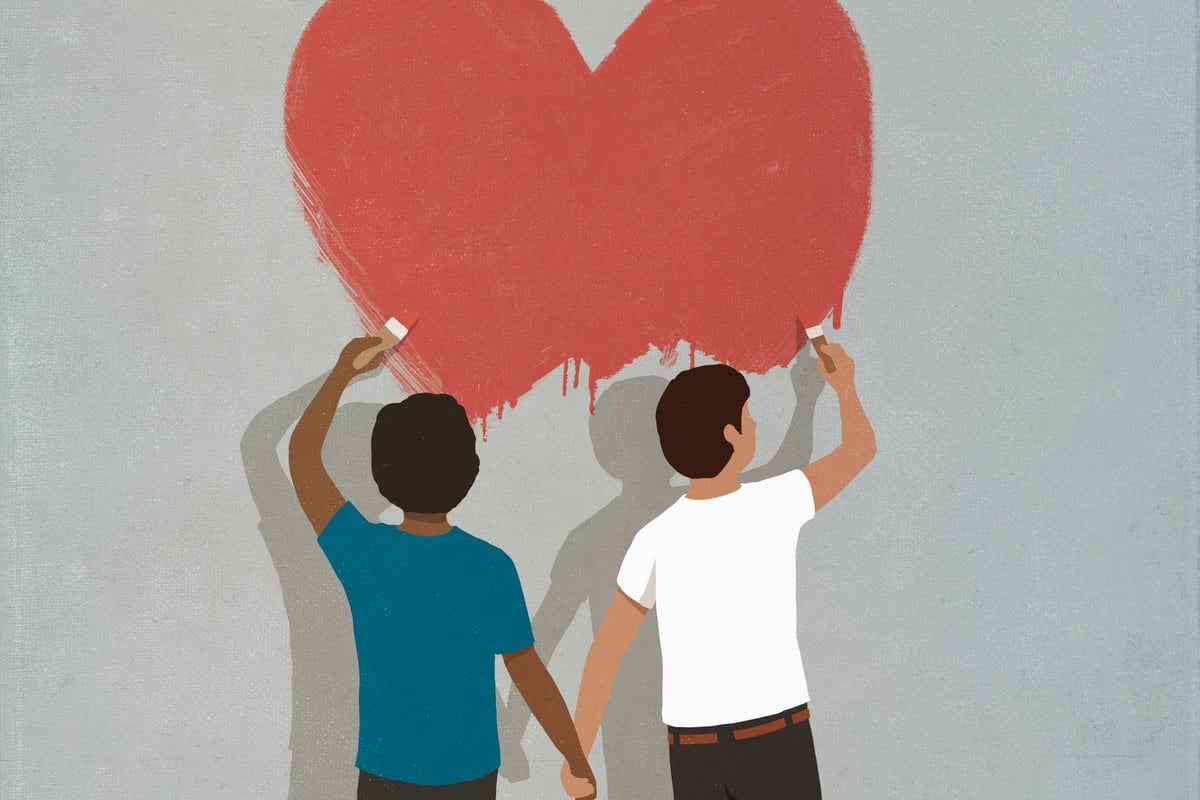
How we respond and react to our partner in our committed adult relationships is predominantly related to our childhood experiences with our parents or primary caregivers.
These early influences on our lives create an imprint of relationships, which we may or may not be aware of.
This imprint is like a relational template, which shapes our ideas and expectations of relationships and of how we and our partner should communicate and behave in our relationship.
Watch: 4 relationship red flags demonstrated through texts. Story continues below.
Our mind and body are wired to relate to our partner according to this relational template.
Relational templates in couple relationships
In any relationship, we’ll share some beliefs with our partner about how relationships should work, but we never have the same relational templates. That’s because we have lived in different homes, had different families and had completely different experiences.
It’s important for us to remember this, as we often create a fantasy that we should have similar views, expectations and behaviours in relationships. Even though it would be convenient if this were the case, this simply can’t occur, as we’re two very different beings and our life experiences have left us with different relational imprints.
